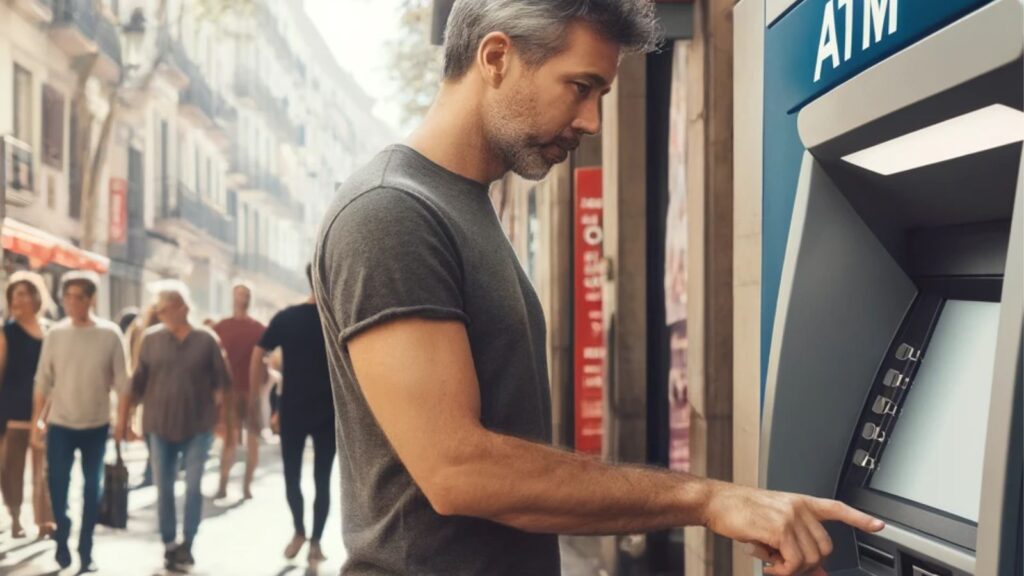Practical Guide to ATM Transactions and Debit Card Use

Understanding the ATM Network and PIN Security
An ATM (Automated Teller Machine) is a specialized computer that allows you to perform financial transactions, primarily cash withdrawals, without the need for a bank teller. Each transaction you make is processed within a network that connects various banks and financial institutions, ensuring your money is accessed securely through your debit card.
The Personal Identification Number (PIN) is crucial for securing your transactions. It's a unique code you enter at the ATM to authenticate and authorize the transaction. It's essential to keep your PIN confidential to prevent unauthorized access to your funds.
Locating the Nearest ATM
Finding an ATM is easier than ever thanks to technology. Most banks offer a mobile app that can direct you to the nearest ATM using your phone's GPS. Alternatively, websites like Google Maps can also provide directions to nearby ATMs when you search for them.
Protecting Yourself from Fraud
Debit card fraud can occur in various forms, including card skimming, where thieves capture card data using a device attached to ATMs. To protect yourself:
- Always inspect the ATM for any unusual devices attached to it.
- Cover the keypad while entering your PIN.
- Monitor your account statements regularly to spot any unauthorized transactions quickly.
First Encounter with an ATM
If it's your first time using an ATM, the process can seem intimidating. Here’s a simple step-by-step guide:
- Insert your debit card into the ATM slot.
- Enter your PIN when prompted.
- Follow the on-screen instructions to choose your transaction type.
- Confirm the amount for cash withdrawals or deposits.
- Collect any cash, your card, and the transaction receipt.
Troubleshooting Tips for Common ATM Issues
Card Gets Stuck: If your card gets stuck in the machine, do not attempt to retrieve it yourself. Contact your bank immediately to report the issue. They can block your card to prevent any fraudulent activity and will guide you on how to get a replacement.
Incorrect PIN Entries: If you enter your PIN incorrectly multiple times, the ATM may retain your card as a security measure. Contact your bank's customer service for assistance. They can verify your identity and help you reset your PIN if necessary.
Transaction PINs: Ensuring Secure Access
Your transaction PIN is your first line of defense against unauthorized access. Here are a few tips to ensure its security:
- Never share your PIN with anyone.
- Avoid obvious PINs like your birth year or 1234.
- Change your PIN periodically to enhance security.
Optimizing Debit Card Use
To make the most out of your debit card, consider using it for more than just ATM transactions. Many debit cards offer rewards programs, fraud protection, and other benefits similar to credit cards. Use your debit card for regular purchases to track spending easily and possibly earn rewards.
